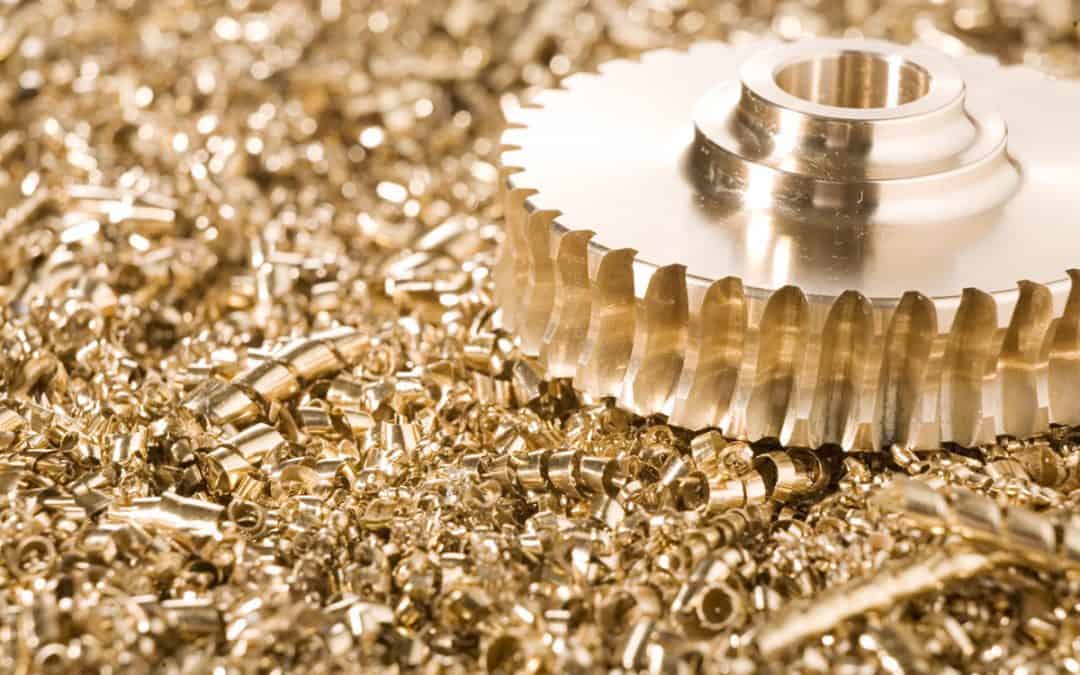In today’s tech-centric economy, everything from consumer electronics to the most advanced aerospace and industrial systems depend on copper, which has the highest electrical conductivity of any engineering metal. Thanks to the number of free electrons orbiting copper atoms, the element excels at channeling electrical currents, which has made copper wiring and circuitry ubiquitous throughout nearly all industries. Today, everything from the wires powering your house to the microscopic circuitry powering your computer chips depend on exceptionally conductive copper and copper-based alloys.
Brass alloys in particular are widely used in electrical and electronic components because they possess a unique combination of material properties that ensure proper function, safety and reliability of equipment. For example, flexible components like contact springs rely on the high fatigue strength of brass to prevent loss of current-carrying capacity over time, which can lead to overheating and failure. The excellent crimping characteristics of brass also ensure tight and reliable connections between cables and contacting elements, which prevents the penetration of corrosive substances that can cause fires.
From a processing standpoint, the superior machinability of brass enables cost-efficient and sustainable production. The high-speed machining characteristics of brass allow manufacturers to achieve greater throughput and lower per-part cost while increasing machine utilization and production capacity. By comparison, alternative materials like 12L14 steel are limited in terms of practical cutting speeds and tool life. Moreover, brass turnings can be reclaimed for up to 90% of the original raw material value, which contributes to a favorable net material cost while supporting circular economy principles.
Perhaps the biggest growth opportunity for electrical and electronic components comes from electric vehicles (EVs), batteries and charging infrastructure, particularly as regulators clamp down on CO2 emissions. This presents exciting opportunities for electrical and electronic component manufacturers that are well-positioned to meet the growing demand. Brass offers these manufacturers a competitive advantage through proven and reliable performance and high-speed machining. With modern machine tools, manufacturers can achieve unsurpassed productivity and higher profits when cutting brass components. Find out how much you can get out of a brass-focused high-speed machining investment today with our machine tool payback calculator.


Recent Comments